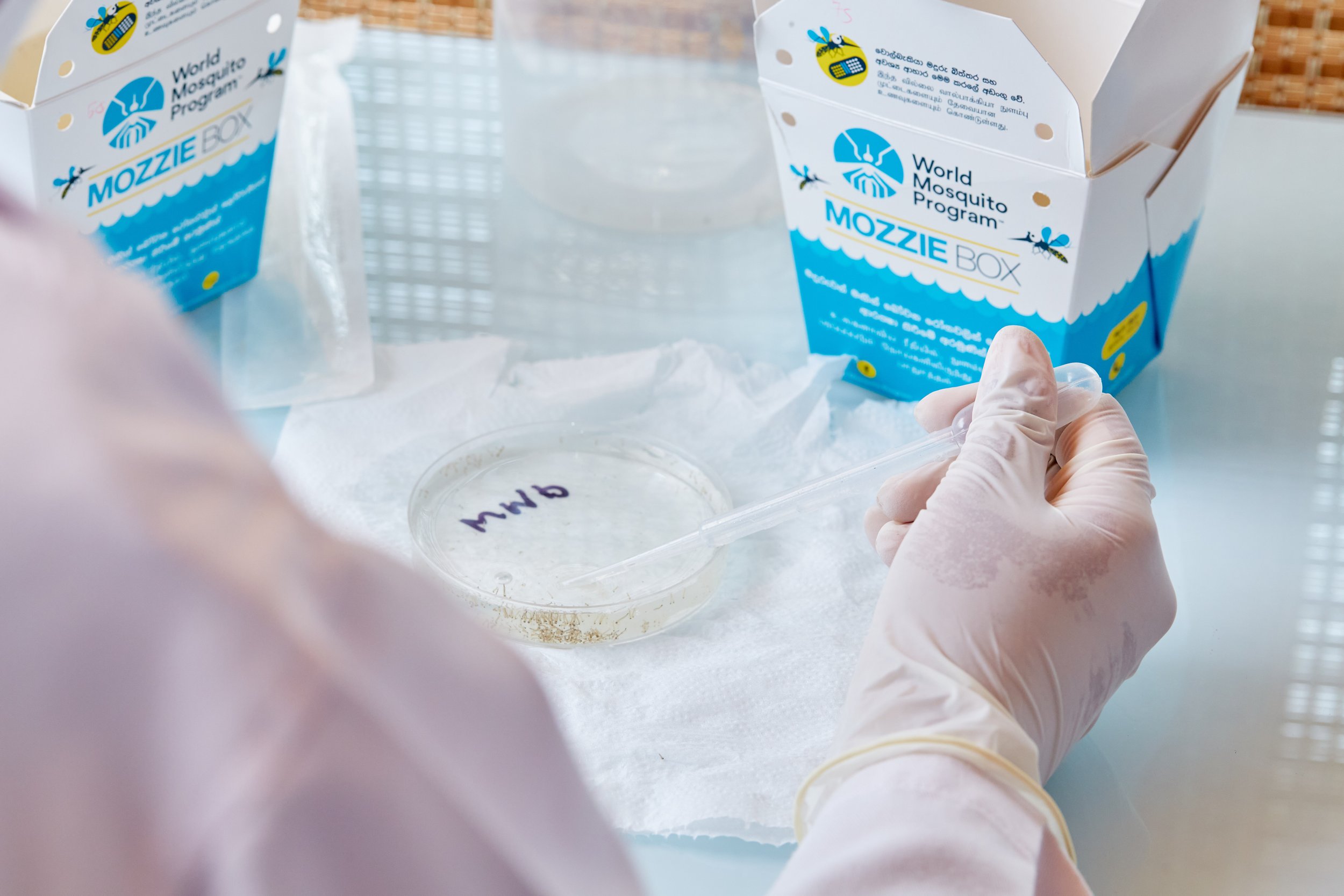Whether you have a startup or are scaling your business, manufacturing and supply volumes are one of the most challenging aspects of product design.
Scalability—in the context of manufacturing—refers to your ability to increase production output to meet growing demand without compromising quality or efficiency.
Scalability is a crucial aspect of any business, allowing it to adapt to market conditions, embrace new technologies, and meet increasing customer demands.
The Importance of Scalability in Manufacturing
Scalability plays a critical role in maintaining a competitive edge, reducing costs, and ensuring long-term sustainability in manufacturing. It allows you to respond to fluctuations in demand, ensuring you can meet customer needs while avoiding excess inventory or underproduction.
Scalability also contributes to cost-efficiency. A scalable manufacturing process allows you to optimise resource utilisation and minimise waste. This increased efficiency translates to lower operational costs and improved profitability.
HonePD helps startups and scale-ups determine the volume of manufacturing supply. You may not realise that launching with low volume can affect scalability in the long run.
If you launch with low volume, you may need to find a supplier to provide larger volumes to increase production. This process takes time and can affect your ability to fulfil orders.
5 Key Considerations for Scaling Manufacturing
When planning to launch or scale your manufacturing operations, HonePD takes several key considerations into account:
1. Design for Manufacturing
One crucial aspect of scaling is ensuring that your product design is suitable for high-volume manufacturing, even if you launch at low-volume. This involves evaluating the design from a manufacturing perspective and making necessary adjustments to make it more production-friendly.
Early discussion with the HonePD team provides valuable insights into necessary adjustments to avoid problems when scaling up.
2. Material Selection
The materials selected for the manufacturing process must be ideal for high-volume processes, again, even if you launch at low volume. For instance, some materials suitable for manual assembly must be compatible with automated processes. Therefore, careful material selection is essential to ensure a smooth transition to high-volume manufacturing.
3. Supply Chain and Procurement
A reliable and efficient supply chain is critical for production, regardless of volume. It is essential to work closely with HonePD’s strategic procurement to ensure that the suppliers selected at the outset of a device’s product lifecycle can continue supplying the same quality and reliability when volumes increase.
4.Quality Control & Auditing
Ensuring quality control standards are met and consistent despite the volume, HonePD can help you incorporate an auditing process into your supply chain to ensure your products retain quality.
5. Packaging & Design
HonePD also provides packaging and design services. This allows us to design and implement the best product design and supply process, incorporating cost-effective and market-focused packaging.
Case Studies:
HonePD partnered with WMP to improve function at higher volumes by taking three designs from low-volume prototypes. Initially, WMP used a very large, chunky box design; HonePD created a lighter, easier-to-use and smaller component that worked as well as the original design and was one-quarter the cost.
Based on market research, we helped Halo, Baby Bum Shower, and Form Prosthetics successfully launch with a high-volume supply.
.jpg)
How HonePD Determines Supply Volume
-
We evaluate your current process.
-
We then suggest different manufacturing methods depending on volumes and materials determined by market research.
-
We go straight to sourcing and supply often from lower-cost manufacturing centres.
-
Or we can redesign for a specific manufacturing method that would be cheaper.
-
We ensure that cost targets are met and/or find an alternative process to make cost targets viable.
6 Tips for Scalable Supply
-
Mentally prepare for high-volume—low-unit costs require a higher initial investment but will lead to a more profitable outcome in the long run.
-
Understand your market size and the number of goods that can be sold. A realistic projection of sales is the best way to prepare.
-
Invest in the relationship with us and see the project through. Quality control and attention to detail in supply contracts combined with supply management and freighting are a must in any supply relationship.
-
Custom product design benefits you from a quality control angle and reduces freight and storage costs before products are sent from overseas. You can always stop supply early if you fail to meet targets.
-
Design and quality create word-of-mouth marketing—the best way to sell products.
-
You can go bankrupt if your volumes start too low. Going big early can be better. But it’s essential to determine which volume and supplier are best. HonePD can help you with business plans, ROIs, and your go-to-market strategy.
Conclusion
Incorporating scalability into your manufacturing and supply is a complex process that requires careful planning and strategic decision-making. However, HonePD provides the right strategies and considerations, ensuring that your manufacturing scalability is profitable and efficient.
By focusing on areas such as design for manufacturing, material selection, supply chain management, and quality control, we’ll help you ensure that your business is well-positioned to launch or scale.
Good design stands out. Get in touch with us today to kick-start your new product design project!